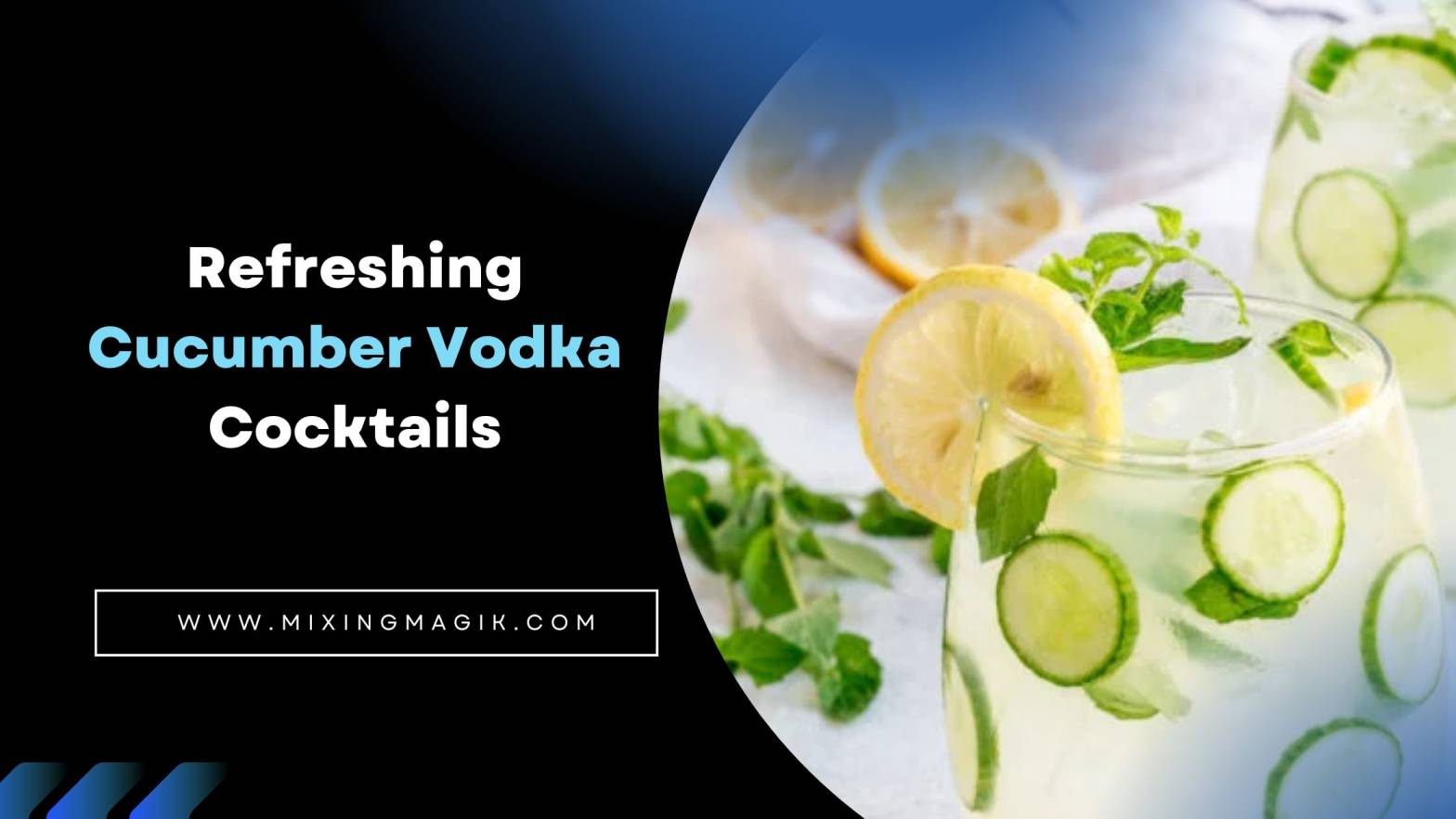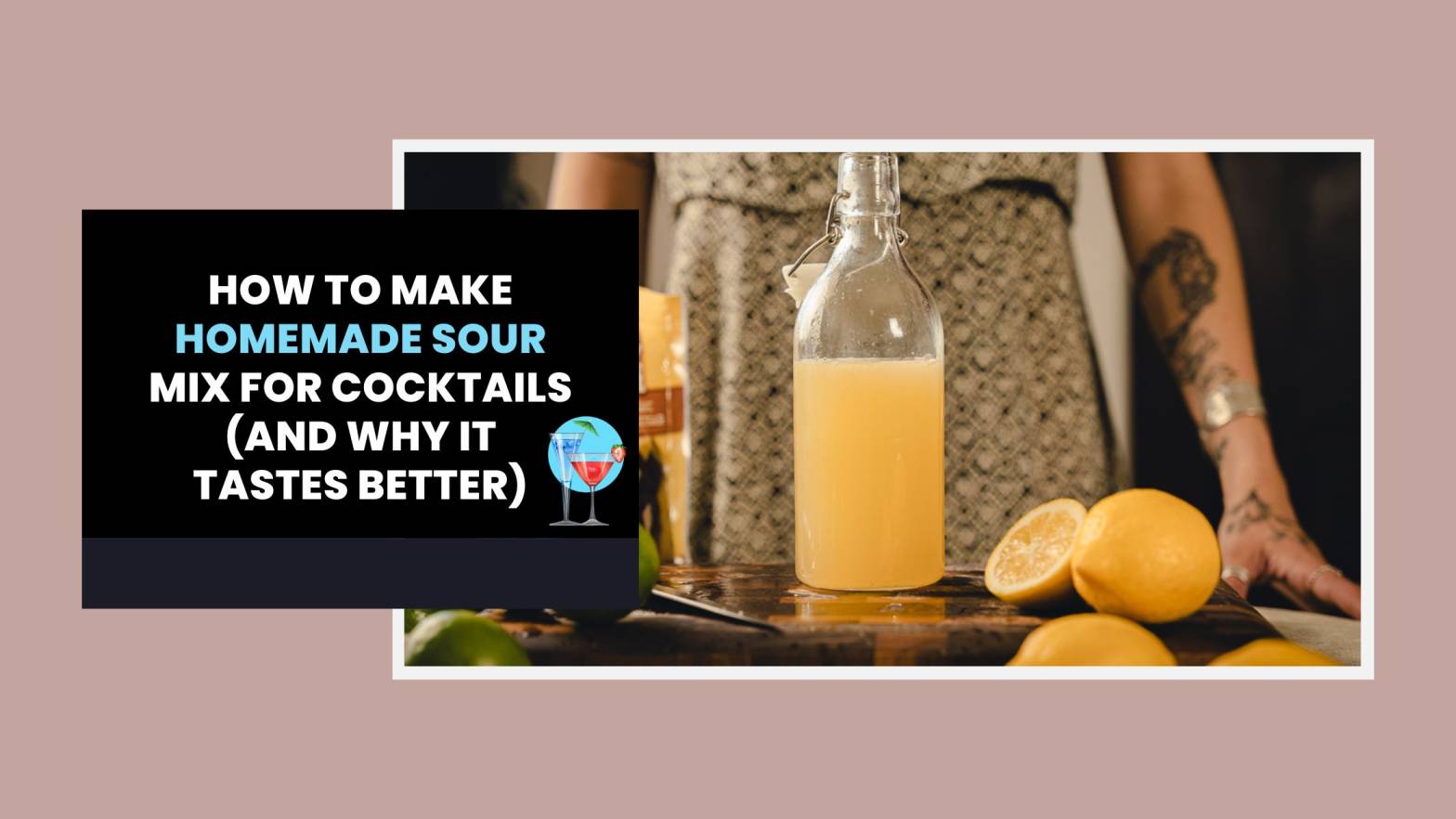Meet Matt Hofmann, Co-Founder and Master Distiller of Westland Distillery in Seattle, Washington, and one of the founding members of the American Single Malt Whiskey Commission.
Matt Hofmann, Co-Founder and Master Distiller of Westland Distillery – Photo Credit: Supplied
In a country known for bourbon production, why make American single malt whiskey?
Because it’s just as authentic to America as bourbon is, but most people don’t know that yet. America is such as big place, it can and does grow barley and has done so for a long time. It’s just that it hasn’t been utilised. Whiskey tradition never made it out to the west coast, and whiskey business is not done, we’re still innovating. It’s a product that can be made authentically in the United States.
You refer to Westland as not being a craft whiskey. What are the reasons?
I make that declaration partially to be provocative. The other part is, in the States, the craft beer movement popped up as a way to rebel against the macro beers that weren’t any good. It was then able to deliver new flavours. It’s an easy jump from craft beer to craft whiskey but people think the narrative is the same. I don’t think it is.
A lot of craft spirit producers are following the lead in the craft brewing industry and making different products. But when you look at the old world wine or spirits model, like liqueurs or eaux de vie, you’d have people specialising in a thing and what the region can do particularly well. That’s much more the way we look at it. The craft word led people down a path that can work but it’s not the path we’ve chosen. Ours is more rooted in what is the best thing for the place. We value craftsmanship but craft as a catch-all category is not as accurate as provenance.
What is Westland’s point of difference and are what makes it different to other American single malt whiskeys?
The point of difference is how we look at raw ingredients. Tradition says we make single malt whiskey using 4 raw materials in this way. Yeast and malted barley traditionally don’t provide flavour. We look at these things as an opportunity for innovation. For us, it’s the roasted malts, the Belgian brewer’s yeast, the new American white oak that’s slow- grown and air-dried. Those are not done in Scotland (there are some exceptions) and they could be. It’s culturally shackled to an idea of tradition.
What makes us different to other American single malts is that we are embracing tradition, history and innovation. Some American single malt distilleries are very traditional, others get away from some tradition eg some smoke their malts with different woods, herbs and spices or add hops to things. We have embraced the rules and made it our own for our region.
The strength of the category is that people are embracing that America is about diversity, in its landscape, geography, climate people, soil, agriculture. Therefore American single malt as a category can offer that to the world as a suite of different interpretations. Where we go beyond that is where this did not exist before, and we set out to utilising it in a new way such as with Garryana oak and local peat. We can see possibility in stuff that doesn’t exist yet and we’re willing to take the long term leap and make it happen.
Barley plays a key role in Westland’s DNA. Can you walk us through the various types of barley and how they contribute to flavour.
We have three barley bills for our core range, Westland American Single Malt American Oak, Sherry Wood and Peated. Our ‘5-Malt Barley Bill’ has Washington Select Pale Malt; that gives us biscuit and almond. The Munich Malt gives us scone, a nutty bran cereal flavour and sweet roasted nuts. The Extra Special Malt gives toasted marshmallow, waffle cone, cinnamon cookie, cedar and dark fruits like prunes and dates. Brown Malt gives us pecan and hazelnut and the Pale Chocolate Malt gives us milk chocolate, coffee, leather and tobacco.
We also have the ‘Pale Malt Barley Bill’ with 100% Washington Select Pale Malt. An there’s the ‘Peated Barley Bill’ with Heavily Peated Malt (55ppm) which is more camp fire and less medicinal, and local peat which is more like Christmas mezcal with cinnamon and clove.
Part of Westland’s wood program is using slow-growth, air-dried Virgin oak casks. What attributes does it give the whiskey?
Due to its nature, this type of wood makes a more effective change in the development of the spirit. It’s not about extracting flavour. The big thing for us is that it’s not overly oaky. It helps to advance the nutty and fruity notes into a more refined place and the notes we do get from the cask tend to be more delicate, less heavy vanilla and coconut, and more soft caramel notes that accentuate the flavour from the grain.
What future innovation can we look forward to from Westland?
The 4th edition of Westland Garryana Oak is coming to Australia by the end of the year. It’s a local species of oak that only grows in the north-west. The other big thing is different barley varietals. We’ve been working on that for five years and haven’t released any of that liquid yet. We will release the first one next year. There’s also the local peat, that’s a couple of years away. Beyond that, we have a cask exchange program with local wineries and breweries. Overall our innovation is super tight, super focussed; we try and keep it all about the north-west.
As one of the founding members of the American Single Malt Whiskey Commission, how has the American single malt category evolved since Westland was established in 2010?
We are not the first American single malt producer but the first company to put ‘American single malt whiskey’ on our labels. We found that there was a huge switch, others shortly started calling it American single malt. There’s been a huge push now into seeing the possibility and potential behind it. People are now leaning into their own regional style. I’d like to think we played a big role in championing the fact that we’re not Scottish and that American single malt can be different and unique and competitive in terms of quality. There’s a lot more confidence in the industry.
What can we expect from the category in the next few years?
I’d like to see more producers going global with their products. What you will see is a continuity of people leaning into their own regionality. I hope to see more people leaning into that because that’s the strength of the category and it means authenticity and connection to a place is becoming a bigger part of the conversation.
In partnership with Spirits Platform, distributors of Westland American Single Malt Whiskey in Australia.
Corinne Mossati
Corinne Mossati has been writing about bars, spirits and the food scene for over 10 years. After she founded Gourmantic in 2009, she launched Cocktails & Bars in 2015, a website dedicated to cocktail culture. She has been named Australian Bartender Magazine's Top 100 Most Influential List since 2013, has judged over 30 cocktail competitions, was nominated in Icons of Whisky Australia 2020 and is published in several media including Executive Style by Fairfax. She has created the Gourmantic Birthday Gin 2017 in collaboration with Master Distiller, Reg Papps. Read the full bio here.






